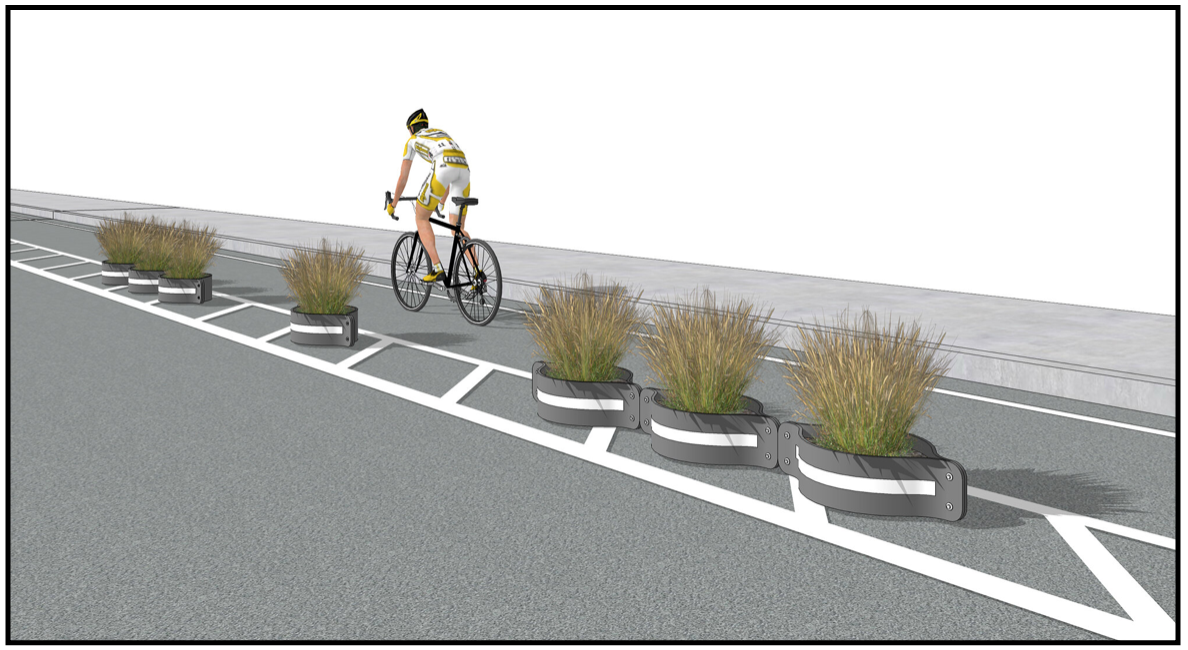As lockdown orders ease, car traffic is on the rise again. People who formerly used public transportation are turning to other, more socially distanced, means of getting where they need to be. Ridership in cities like New York is down as much as 92 percent. Recent data shows that we’re at risk of regressing to car dependence at levels not seen for decades, with more than 30 cities now seeing traffic rising to numbers that exceed pre-pandemic levels.
Yet within this slow uptick of vehicle traffic, the data also reveals another trend. Even as many city-dwellers turn to the automobile for a socially distanced form of transportation, many others have begun to walk, bike, or scoot at levels not seen before.
In Syracuse, N.Y., a company that operates fleets of shared e-scooters, e-bikes and bicycles reported ridership increased 2,882 percent between January and May. Since April, our e-scooter company has seen a 34 percent average increase in new daily active users week over week, and a 44 percent increase in average trip duration. In Denver, ride volume increased by almost 500 percent on a street that was closed to vehicles and opened up to other forms of active mobility, like scooters, bikes, and assistive devices.
We are at a pivotal moment: will we fall back on our cars, losing all the advances we made in breaking our addiction to the private vehicle, creating a traffic apocalypse in the process? Or will we embrace these socially distanced forms of transportation we in the business like to call “micromobility”?
If there is any hope that we will embrace the latter, we are going to need to make some changes to our street infrastructure. Dropping the word “infrastructure” generally brings to mind projects that cost billions, or trillions — the kinds of projects that are dropping like flies as city and state budgets evaporate due to the current economic crisis. But for surprisingly little money, there are changes we can make to our streets now that will physically alter our communities in ways that will make them healthier, cleaner, and safer for generations to come. These changes could lure back those who have returned to the automobile, providing them a safe, economical — enjoyable, even — socially distanced alternative.
There’s more good news (always welcome in a pandemic) — with price tags that can be as low as the thousands of dollars, this kind of infrastructure is something many localities can still afford. Known as tactical urbanism, these strategies to make streets safer and more human-centered are rapidly taking off in many cities across the US.
Creating buffers between cyclists and cars or slowing down vehicle traffic at intersections might be as simple as using recycled tires as barriers, or painting intersections to make crosswalks bolder and more visible. One 13 year study found that cities with protected bike lanes had 44 percent fewer bike fatalities. Increased safety and a more pleasurable riding experience also increase residents’ willingness to opt for cycling over driving.
Traffic signals, too, are a relatively inexpensive change. Denver adjusted traffic signal times at a number of intersections such that bike traffic lights changed at different times than for cars, an inexpensive move that greatly improved bike safety.
Many U.S. cities also have abandoned or underused rail, utility or drainage easements that could be transformed with very little money into active mobility routes. Fayetteville, Arkansas placed a bike path alongside railroad tracks, negotiating a 99 year lease with the rail company for free. In Houston, over a hundred miles of land protected by easements for power lines was made into bike paths. There are also proposals to make deals with pipeline companies to allocate land for bike paths atop pipelines as a condition of permission to build their infrastructure.
Perhaps the most important, and the ultimate goal, of all of these changes to streets is to create a critical mass. When you increase the number of people using non-automobile transportation, the culture of the road changes. Many drivers, after collisions with bikers or pedestrians, state that they simply didn’t see the person. The more accustomed we become to pedestrian and other active mobility traffic, the more drivers become conscious of their presence.
We’ve deferred to the automobile for so long, it can feel strange to reimagine streets that were not built for and around the car. But Coronavirus lockdowns gave us a glimpse at how quickly our cities can change when our priorities do. The success of Open Streets and outdoor, socially distanced street dining enclaves have shown us that we have the imagination and will to adapt and remake our environments, no matter the challenge. Cities, historically, have always done this. Many of us are too young to remember, but the advent of the motor vehicle drastically changed our public spaces. Cars have ruled for a long time, but every era has its end.
Now is not a time to go backwards. Neglecting to change our cities will, in the end, mean we pay a much higher price, in the form of health problems caused by air pollution and impact on the environment. Small investments will get us out of our cars now, and pay off exponentially going forward. Let’s reorient our streets to fit what we can become, rather than what we were.
Euwyn Poon is the President of Spin, the micromobility unit of Ford Mobility. Follow him on Twitter: @Euwyn .
Derrick Ko is the CEO of Spin, the micromobility unit of Ford Mobility. Follow him on Twitter: @DerrickKo.








